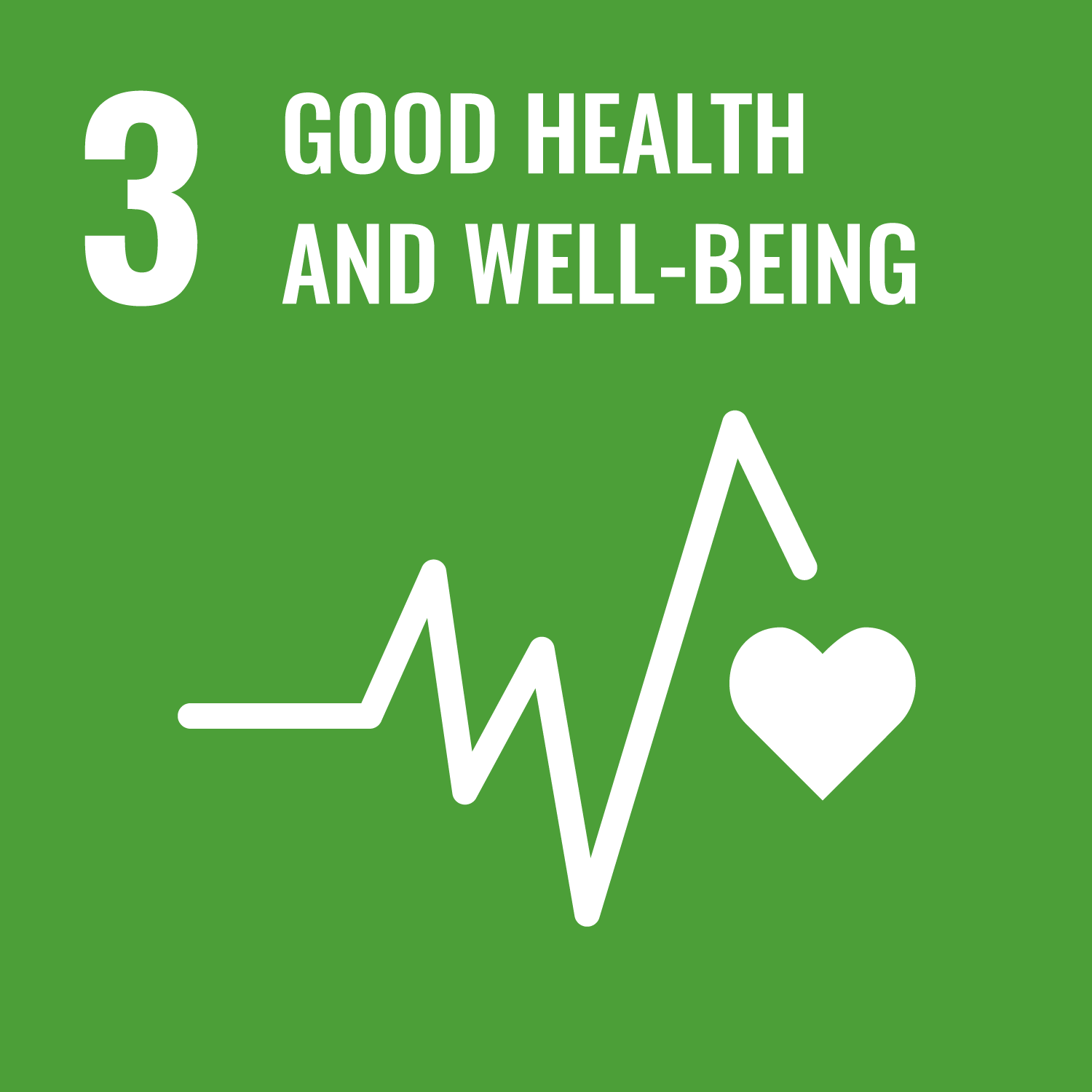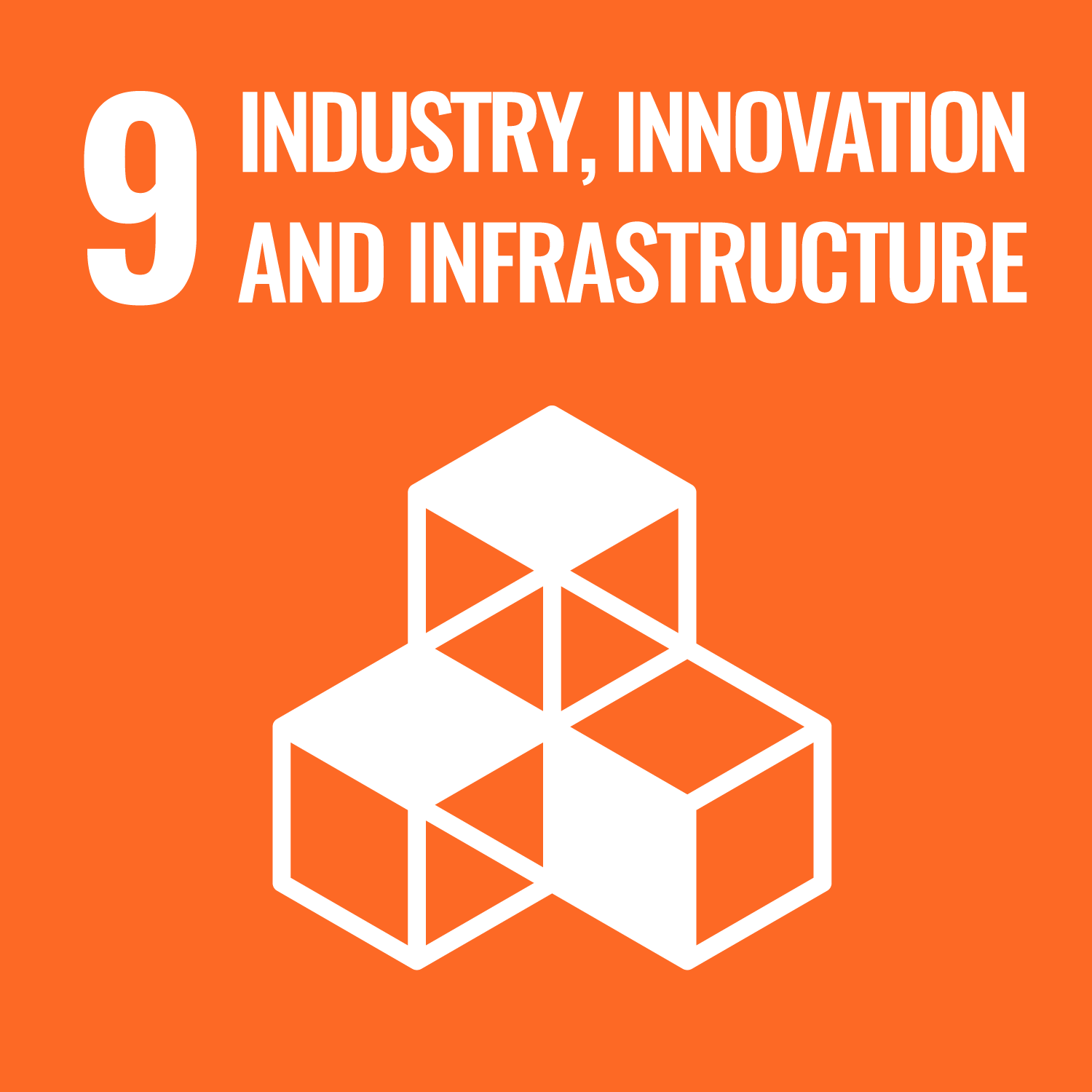SDG Detail
P8319Biological Markers of Chemical Exposure
Postgraduate courseProject description
To evaluate the impact of environmental exposures on human diseases, several pieces of information are needed. The specific chemicals to which people are exposed, the level of exposure and the toxicity of the chemicals must all be known. While some information on exposure can be obtained by measuring levels of the chemicals of interest in air, food, water, etc., the use of biomarkers of exposure can provide information much more relevant to understanding risk. This course will cover the types of biospecimens collected from humans, how they are processed and the types of assays that are carried out. A major focus is exposure to genotoxic chemicals and the measurable effects they produce but chemicals that produce other types of toxicity are also covered. The course goals are to understand the analytic methodology, its appropriate use, how quantitative data are obtained and the limitations of that data. Methods for analysis of genotype, expression of microRNAs and other genes, DNA methylation, histone modifications and microbiomes are also covered. Biomarkers can also be used for early disease diagnosis, collection of information on disease etiology, as intermediate endpoints in intervention studies and for the selection of optimal treatments. Students will learn how biomarkers are being incorporated into modern epidemiological research.
Project aims
?
Project outcome
?
Related SDGs
The corresponding sustainable development goals correlated with this project. You you click the icon to link to SDG category description page.










